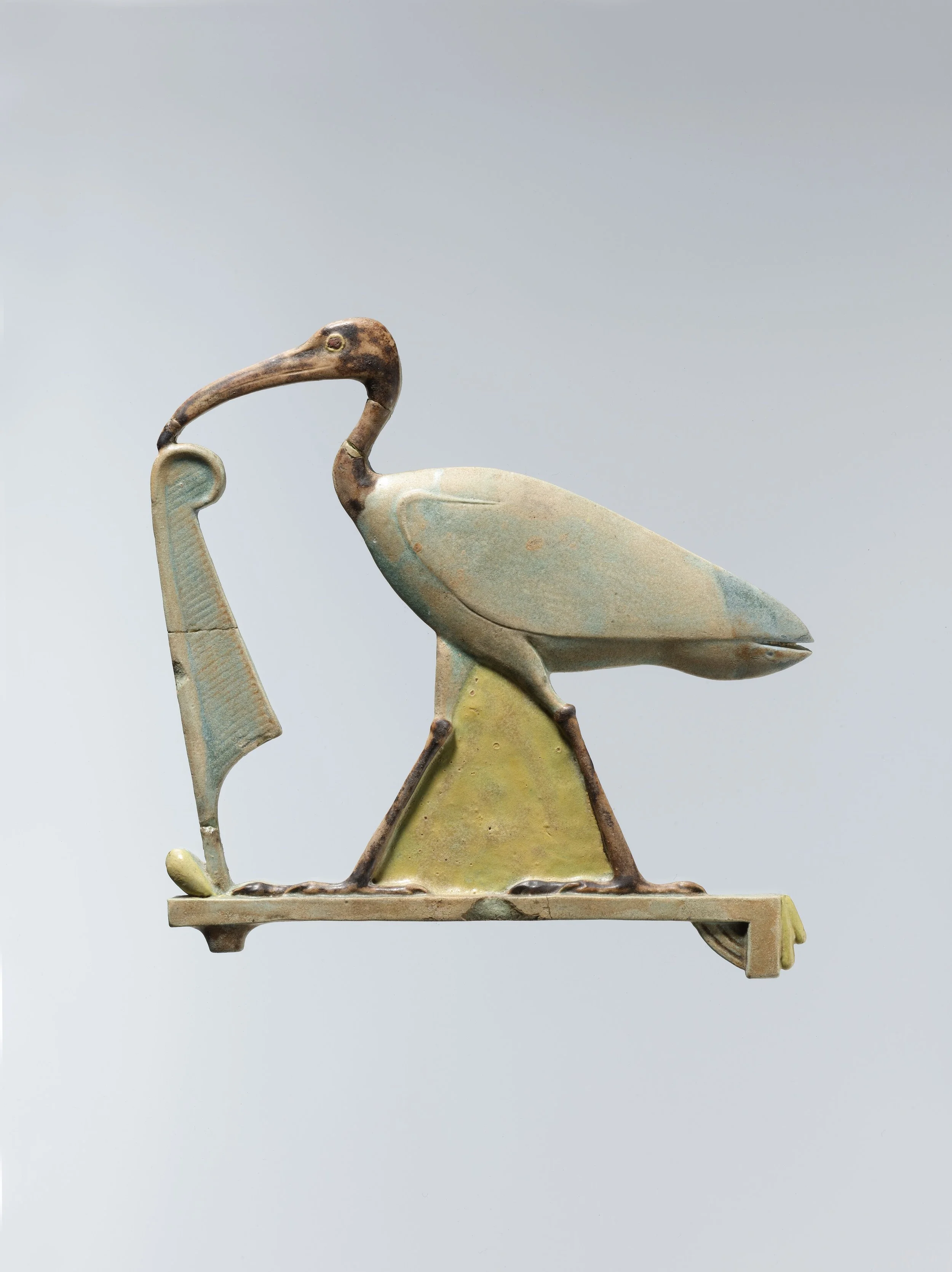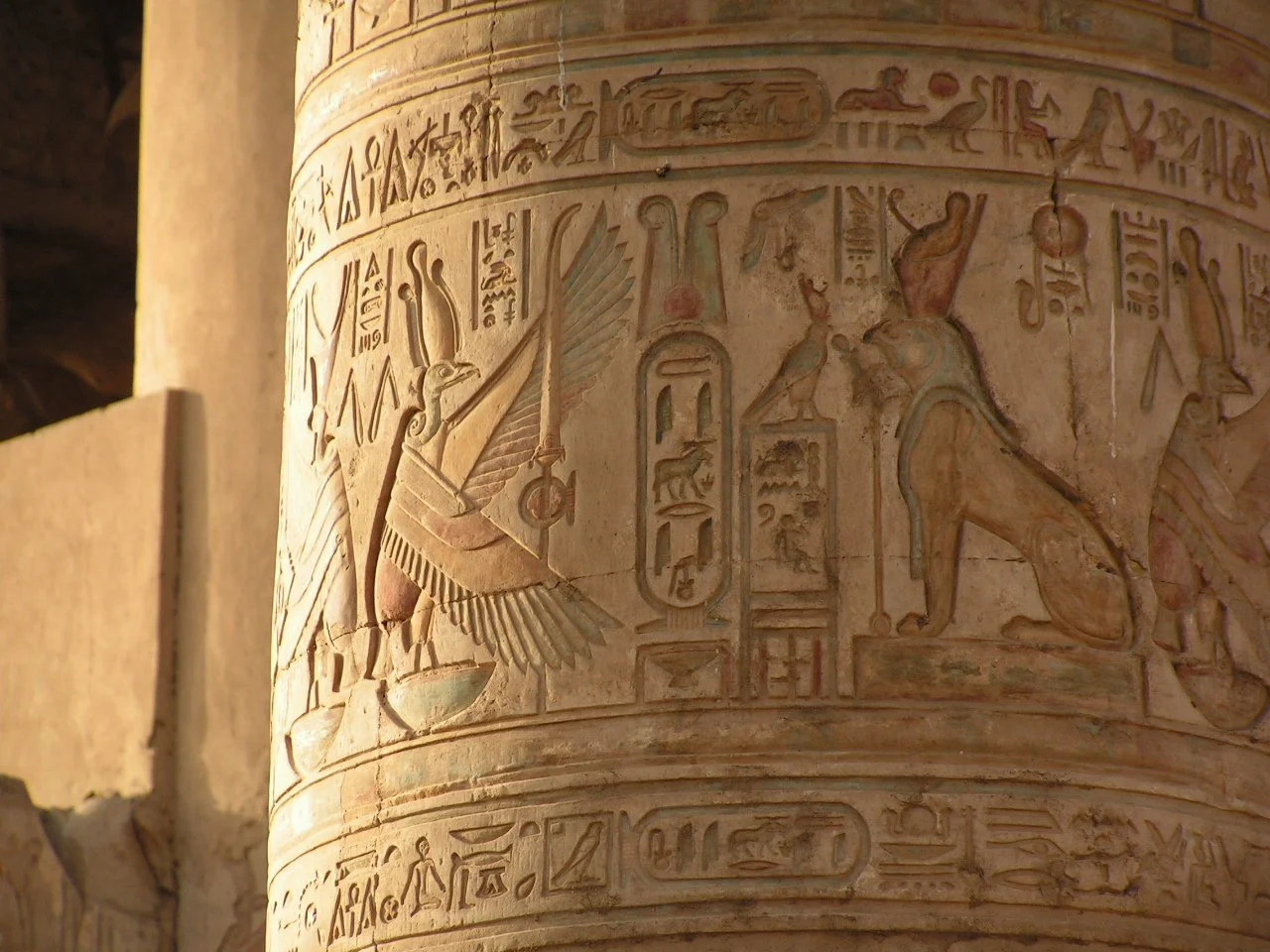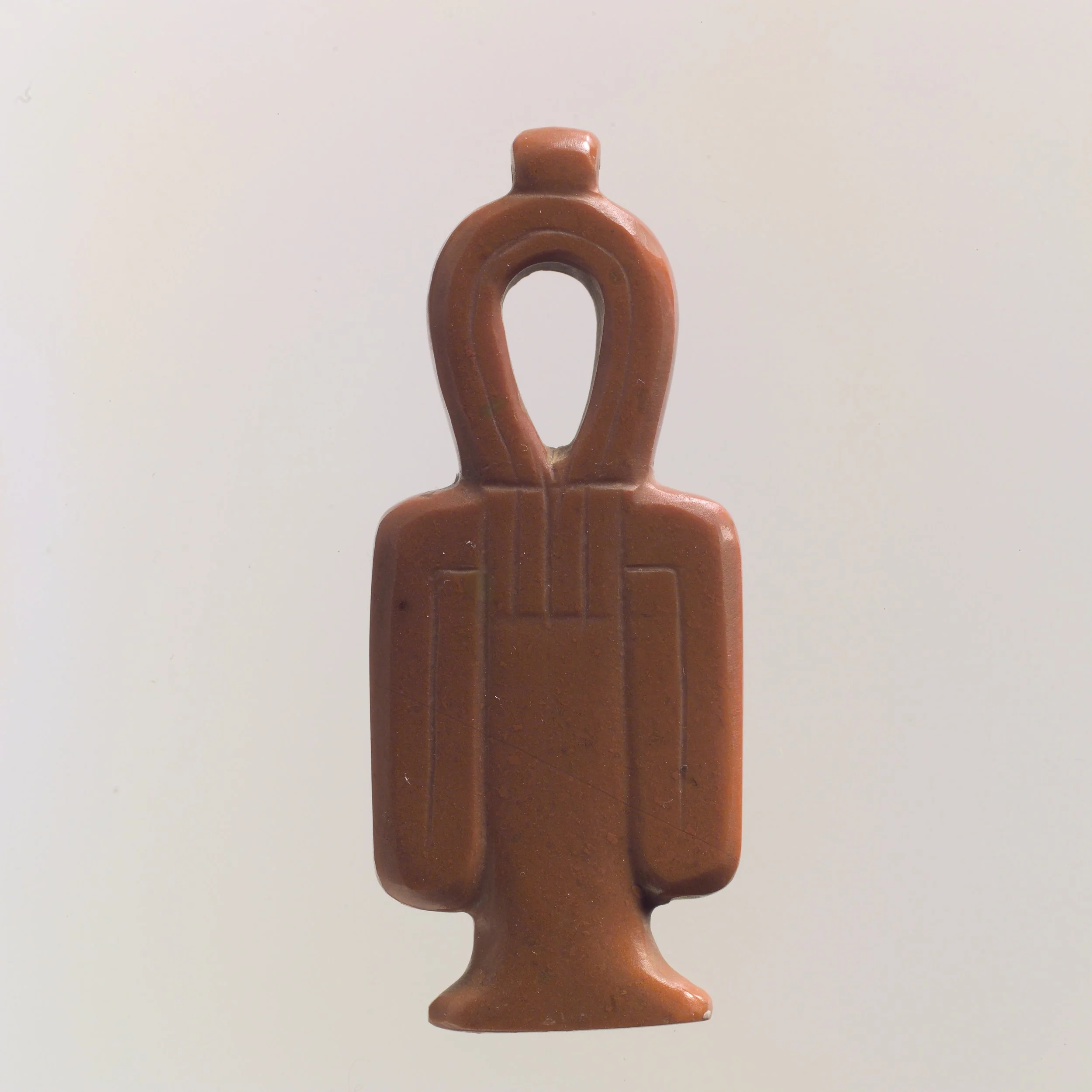Symbols and Sacred Shapes: An Intro to Egyptian Iconography
Let’s be real: the ancient Egyptians did not do subtle. Their art wasn’t minimalist, their tombs weren’t vanilla, and when it came to symbols, they didn’t just go big, they went immortal. The walls of temples and tombs weren’t just decorated; they were coded with spiritual meaning, mythological references, and just the right amount of divine flair. Think of it like their version of emojis, only these ones could secure your soul’s journey through the afterlife.
Today, we’re diving into the wonderful, whimsical, and wildly meaningful world of Egyptian symbols. These weren’t just decorative flourishes. These were high-stakes visual cues in a civilization obsessed (in the best way) with eternity, balance, and the gods’ good side.
The Ankh: Life Everlasting (and on Everything)
The ankh. You’ve seen it. You might have worn it. It looks like a cross with a loop on top and was basically the ancient Egyptian version of shouting, "Life! Glorious life!"
But not just any life. This symbol meant eternal life. Gods handed ankhs to pharaohs like divine party favors, bestowing vitality and the promise of existence beyond death. You’ll find it in tombs, temples, jewelry, even clenched between the fingers of gods as they breathe life into mortals.
So next time you're stressed, just imagine Ra holding an ankh under your nose. Deep breath. Divine exhale.
The Eye of Horus: Watchful, Wounded, and Wonderfully Protective
The Eye of Horus (aka the Udjat) is the ancient equivalent of the ultimate parental gaze. You know the one, it sees everything.
According to myth, Horus lost his eye fighting his uncle Set (family reunions were intense in ancient Egypt). It was magically restored, which turned it into a symbol of healing, protection, and wholeness. Egyptians wore it as an amulet, painted it on boats, and carved it into tombs, because if one thing could keep bad vibes away, it was a battle-tested, god-blessed eye.
The Djed Pillar: Backbone of the Afterlife (Literally)
The Djed is a funny-looking column with horizontal lines, like a spine designed by an art student. That’s fitting, because it literally symbolizes the backbone of Osiris, god of resurrection.
This symbol stood for stability, endurance, and strength. It was often placed in tombs and temples to help the deceased keep it together, physically and spiritually. You could even participate in the "Raising of the Djed" ceremony, which sounds like CrossFit but was more of a spiritual renewal thing.
The Was Scepter: Divine Power with a Forked Base
You know your god is serious when they walk around with a staff that ends in a fork and has a stylized animal head on top. That’s the Was scepter, and it screamed power, control, and "Don’t mess with me."
Gods and pharaohs alike held this symbol of dominion over chaos. The Was scepter wasn’t just decorative, it was the divine equivalent of carrying both a scepter and a lightning bolt.
The Scarab Beetle: Rolling Into Eternal Life
Yes, it’s inspired by a dung beetle. But before you giggle, consider this: the Egyptians watched these little guys roll perfect balls across the sand and thought, “Huh, kind of like the sun god Ra rolling the sun across the sky.”
Enter the scarab, a symbol of transformation, rebirth, and the rising sun. People wore scarab amulets, placed them in tombs, and even carved spells into them. Think of it as a sacred push toward self-improvement, fueled by cosmic optimism.
The Cartouche: The OG Nameplate Necklace
If you’re royalty, you want your name to pop. Enter the cartouche, an oval shape encircling a pharaoh’s name, often found etched into stone with all the flair of a royal signature.
The shape wasn’t just for looks; it offered magical protection, enclosing the name in a loop of eternity. If your name was in a cartouche, it meant the gods (and the afterlife) had your back.
The Uraeus: Cobra With an Attitude
The Uraeus is that iconic rearing cobra you’ve seen on pharaohs’ crowns. It represented the goddess Wadjet and meant sovereignty, protection, and "Back off, I’m divine."
It was believed to spit fire at enemies and was the ultimate accessory if you wanted to remind people that you ruled by divine right, and possibly fire breath.
The Winged Sun: Here Comes the Sun… God
Seen perched over temple doorways like a divine welcome sign, the Winged Sun symbolized protection, divinity, and solar power. It was associated with Ra and Horus and made the statement: "This place is sacred and guarded by the power of the heavens."
Also, wings on suns? A+ aesthetic.
The Lotus Flower: The Bloom of Rebirth
The lotus was the plant equivalent of a motivational poster. It closed at night, sank underwater, and re-emerged every morning, making it the perfect symbol for creation, rebirth, and spiritual awakening.
Plus, it smelled great. Ancient Egyptians made perfume from it, meditated on it, and sculpted it into every column they could find.
The Feather of Ma’at: Light as a Moral Compass
When your soul checks into the afterlife, it doesn’t swipe a credit card, it gets weighed against a feather. The Feather of Ma’at, to be exact.
Ma’at was the goddess of truth, balance, and cosmic order. If your heart was heavier than her feather, it got eaten by a crocodile-hippo-lion hybrid named Ammit. So yeah… be nice.
The Shen Ring: Eternal Circle of Life
A little circle with a line at the bottom might not look like much, but the Shen ring was powerful stuff. It symbolized eternity and protection, often encircling names or objects to shield them from harm and keep them timeless.
Sort of like divine bubble wrap for your legacy.
The Tyet Knot: Isis Approved
Looking a lot like an ankh with downward arms, the Tyet symbol represented welfare, life, and the goddess Isis.
It showed up in amulets and tombs as a plea for the goddess’s protection. If the ankh was about life in general, the Tyet was more of a divine hug from your cosmic mom.
The Sistrum: Shake It Like a Sacred Rattle
The sistrum was a musical instrument that looked like a fancy rattle and was dedicated to Hathor, goddess of love, joy, and music.
Shaking a sistrum during rituals was said to banish evil and please the gods. Honestly, it was the ancient version of shaking a tambourine at a really intense yoga class.
The Canopic Jars: Organ Storage With Personality
These jars weren’t just ancient Tupperware. Each Canopic jar held a specific organ and was protected by one of the Four Sons of Horus.
Liver? That’s Imsety. Lungs? That’s Hapi. Stomach? That’s Duamutef. Intestines? Say hello to Qebehsenuef. Talk about a dream team for the afterlife.
Wrapping It Up (Without Mummification… This Time)
Symbols in ancient Egypt weren’t just sacred doodles. They were living, breathing codes of communication, deeply woven into their beliefs, rituals, and every limestone block they laid. Whether worn as an amulet or painted across a tomb wall, each symbol was a guidepost for the soul and a hotline to the gods.
Want to see these icons in their original glory? At Kemet Spiritual Journeys, we take you into the heart of Egypt to walk among the temples, tombs, and treasures where these symbols still whisper stories through the stones.
Start planning your divine decoding adventure now at kemetspiritualjourneys.com and bring your camera, you’re going to want to snap every sacred shape.













